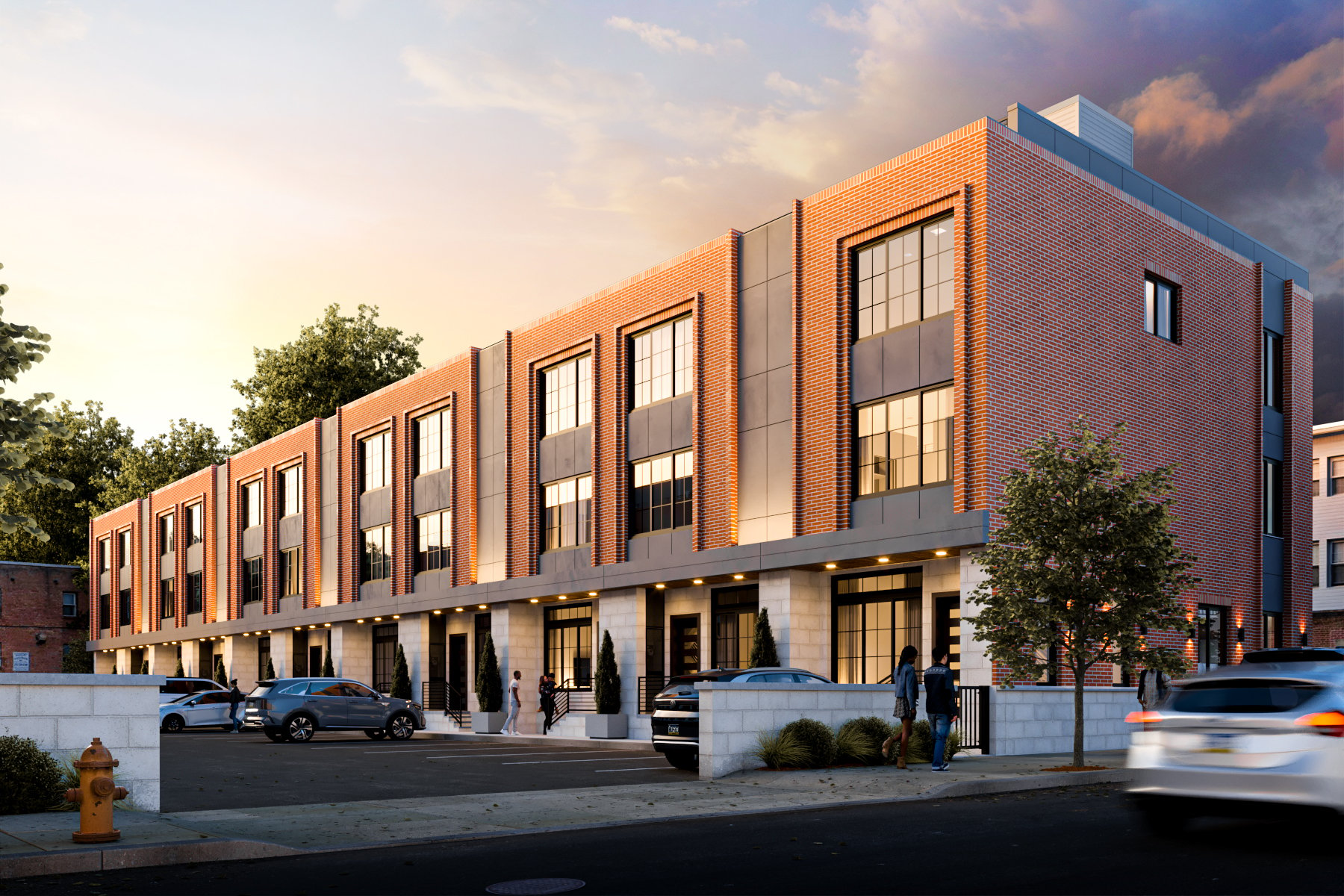Imagine an open space with big windows, interesting details, high ceilings, and natural light flooding in. Now picture yourself in a low, dark, and stuffy building. Which one sounds more conducive to productivity and happiness? It's no wonder that architecture can have an impact on your mood.
With 7.1% of American adults suffering from depression, the environment and design of the spaces people inhabit matter greatly. Many people spend the majority of their time indoors, in buildings such as offices, homes, and schools. Let's explore how architecture can affect human emotions and simple design choices can change a place from dingy to delightful.

Architecture is art, inspiring others
Architecture is more than just bricks, concrete, and glass. Your building has the potential to be a piece of artwork that can inspire and uplift society. Just like listening to beautiful music or reading a piece of poetry, architectural design can combine creativity with functionality to impact people's moods.
Some architectural areas you can focus on include:
- Environmental quality: Buildings designed with plenty of natural light, ventilation, and outdoor access can give people a health boost.
- Natural systems: Solar-powered models and safe furniture, carpets, and paint can also impact wellness and reduce stress.
- Physical activity: Even in a workplace or school, people can get moving with outdoor access and open, clutter-free spaces.
- Sensory environments: From tactile touch, visual lighting, and shapes to the sounds of your surroundings and the smell of the building, architecture can calm or excite its guests.
- Social connections: Feeling socially connected has a monumental impact on emotion. Open spaces, built-in community rooms, and bigger offices can draw people together and influence levels of comfort and community.
Think about stepping into a uniquely-designed building with surprising shapes, bold curves, and one-of-a-kind features. A brave piece of architecture can make people feel strong emotions, such as peace, surprise, or even excitement!

Natural light boosts moods
Natural light can make a world of difference when it comes to your emotions. Whether it's a school, office building, house, or restaurant, initial design concepts should incorporate a generous amount of windows to allow for natural light. Working in a space with windows has been tied to better exercise, increased sleep, and a generally improved sense of well-being. It can also improve your mental health and help students perform better on tests.
How does this work? Natural light helps your body regulate melatonin, a hormone that improves the regularity of your body's circadian rhythms. This allows you to sleep better and longer. Sunlight also boosts serotonin production, helping you handle depression by increasing your "happy hormones."
Quiet zones alleviate stress and anxiety
Amid busy buildings, designated quiet zones can give a much-needed breather to those struggling with stress or anxiety.
You shouldn't just arbitrarily section these spaces off. Build quiet zones intentionally into your space using calming features such as open-air rooms, big windows, arched ceilings, soft lighting, and long tables.

How does your architecture impact the end users' mood?
If you feel your architecture might fall into the mood-dampener rather than booster category, it might be time to re-evaluate how you're using your space. We offer virtual staging and 3D architectural renderings to provide a realistic idea of what your space can look like with a little creative flair. Feel free to get in touch to see how we can help you increase the positive vibes in your building.




